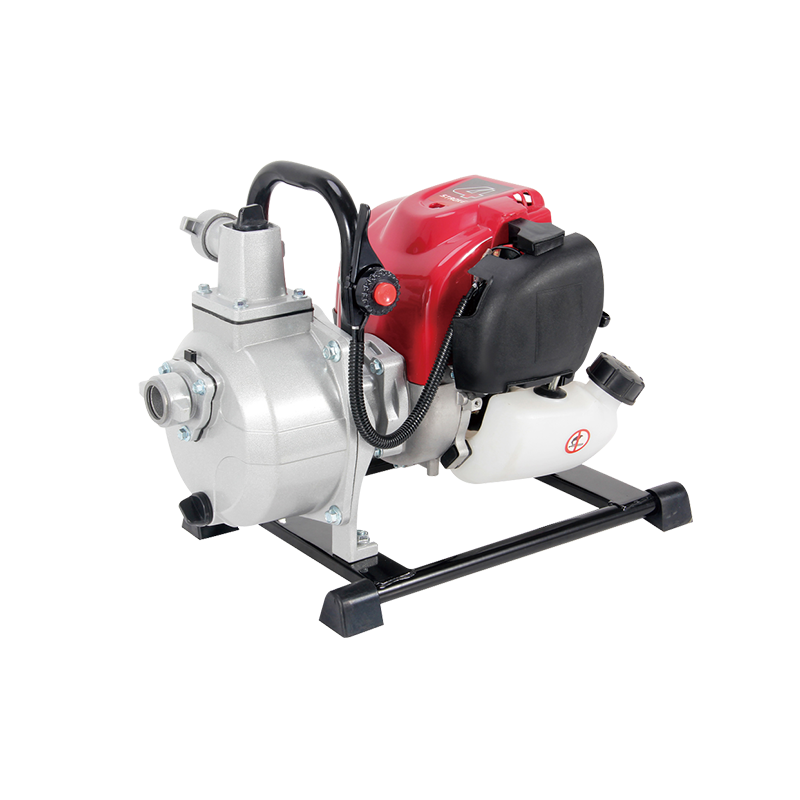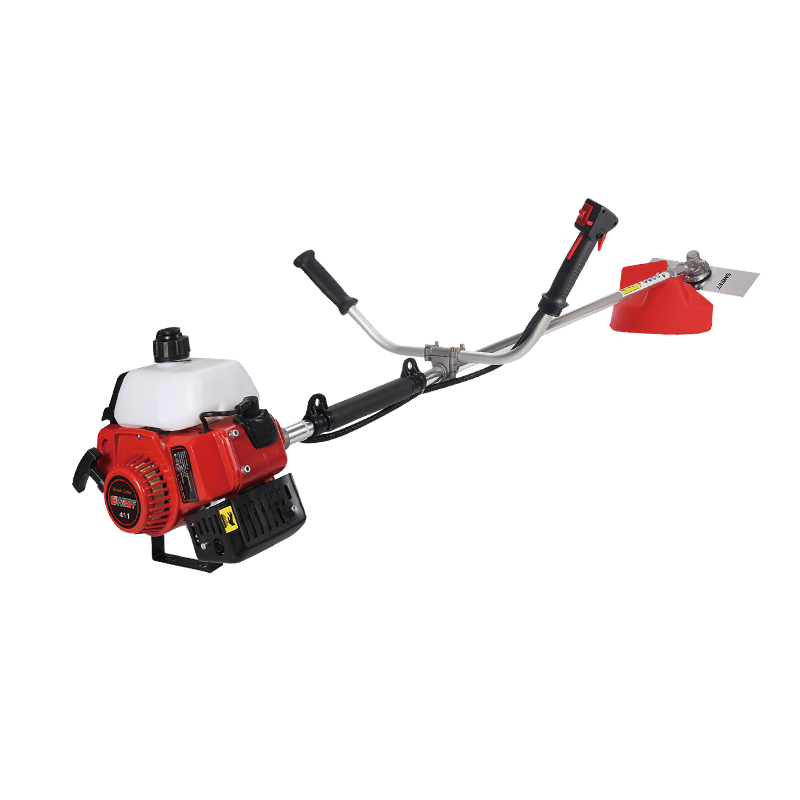In recent years, the gasoline water pump industry has witnessed a significant upswing in global demand, particularly driven by its essential role in agriculture, construction, and emergency water management. This portable, high-powered pump is increasingly favored for its reliability and versatility in off-grid or remote locations where electricity is inaccessible. As the global climate continues to challenge traditional infrastructure, the gasoline water pump has become a critical tool in water transfer and irrigation systems.
One of the most notable trends fueling the expansion of the gasoline water pump market is the growing need for efficient irrigation solutions in agriculture. With unpredictable rainfall patterns and prolonged droughts, farmers are turning to mechanized water distribution methods. The gasoline water pump offers a dependable way to transport water from natural sources such as rivers or reservoirs to farmlands. These pumps provide a high flow rate and are easy to deploy across various terrains, making them ideal for small- to medium-scale farming operations.
The construction industry has also significantly contributed to the increased adoption of the gasoline water pump. In construction zones where groundwork and excavation are common, managing groundwater and preventing flooding is crucial. Portable gasoline water pumps serve as a vital solution to remove water from trenches, basements, and building sites efficiently. Their rugged design and high suction power allow for continuous operation under demanding conditions, which reduces project delays and enhances site safety.
Moreover, the emergency management sector has embraced the gasoline water pump as a go-to tool during floods and natural disasters. In flood-prone areas, municipal authorities and relief agencies stock these pumps to quickly drain water from homes, streets, and shelters. The independence from electrical power sources makes the gasoline water pump a first-line defense during storms when electricity grids often fail. This has led to a rise in public procurement contracts and inventory stocking by governments worldwide.

Technological advancements are also reshaping the landscape of the gasoline water pump market. Modern designs now include features such as low-oil shutoff, automatic priming, noise reduction, and corrosion-resistant materials. These innovations are aimed at increasing durability and minimizing maintenance, thereby improving the total cost of ownership for users. Some manufacturers are also experimenting with hybrid versions that can switch between gasoline and other fuels, offering even greater flexibility in remote or off-grid situations.
From a regional perspective, Asia-Pacific remains the largest market for gasoline water pumps, with China and India at the forefront due to their vast agricultural base and growing infrastructure development. Latin America and Africa are also emerging as promising regions, driven by increased mechanization of agriculture and infrastructure projects. Meanwhile, North America and Europe are seeing moderate growth, largely spurred by residential and municipal use in emergency preparedness strategies.
Environmental concerns, however, pose a challenge to the widespread use of gasoline water pumps. Emissions regulations in various countries are pushing manufacturers to develop more eco-friendly engines that comply with standards such as EPA (Environmental Protection Agency) and CARB (California Air Resources Board) certifications. In response, companies are investing in research and development to create more efficient engines with lower emissions while maintaining the power and portability that define the gasoline water pump.
E-commerce platforms have also played a pivotal role in shaping the buying behavior around gasoline water pumps. With detailed product specifications, user reviews, and competitive pricing available online, customers can make informed decisions without visiting physical retail locations. This trend has opened up new opportunities for small manufacturers to reach international markets and increase their brand visibility.
Industry analysts forecast a steady compound annual growth rate (CAGR) for the gasoline water pump market over the next decade. This positive outlook is based on consistent demand from agriculture, construction, and disaster response applications, combined with ongoing product innovation and emerging market penetration.


 English
English русский
русский Español
Español عربى
عربى









